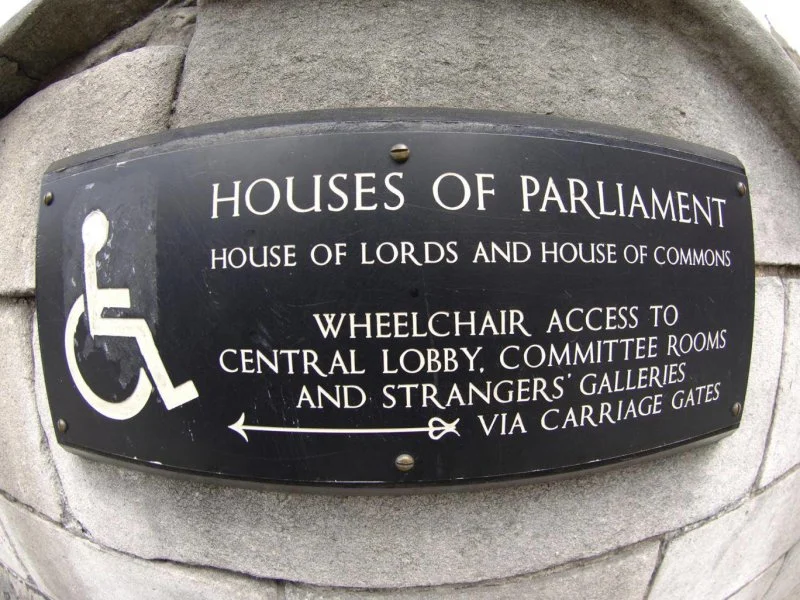DWP Outage: What Happened in Los Angeles and What It Means
When the Lights Flicker, and the Payments Shift: A Data Analyst's Take on the DWP
Let's cut to the chase. Two seemingly unrelated events involving the DWP (and LADWP, to be precise, for those geographically challenged) occurred recently: a power outage affecting 31,000 customers and a shift in benefit payment dates due to the holidays. On the surface, one is a technical glitch, the other an administrative shuffle. But digging deeper, can we extrapolate anything meaningful? Probably not. But we can look.
Outages and Inconvenience: A Question of Scale
The LADWP reported a power outage on Saturday, November 8th, affecting a sizable chunk of Los Angeles: Mid-Wilshire, Koreatown, Leimert Park, and Baldwin Hills. Thirty-one thousand customers without power from 12:55 p.m. until 1:30 p.m.—less than an hour. LADWP spokeswoman Lourdes Rodriguez provided the details. Now, let's put this in perspective. Los Angeles has a population of roughly four million. Thirty-one thousand customers likely translates to, generously, 100,000 individuals affected. That's 2.5% of the city's population experiencing a temporary inconvenience. According to DWP Quickly Restores Power to 31,000 Customers Near Mid-Wilshire Area, the outage was quickly resolved.
The DWP is investigating the cause. Was it aging infrastructure? A surge in demand? Squirrels? Without knowing the root cause, it’s difficult to assign blame or predict future occurrences. But the rapid restoration of power suggests a reasonably robust system, or at least a responsive one. I've seen outages in other cities that dragged on for days (I am thinking of the time I was in New Orleans). A mere 35 minutes is hardly an apocalypse, even if you were trying to watch the end of a football game (American, obviously). What is the acceptable downtime for a major metropolitan power grid? That's a question the LADWP should be asking itself, constantly.
Shifting Payments: A Matter of Timing
Meanwhile, across the pond (figuratively speaking, since the other DWP is the Department for Work and Pensions in the UK), beneficiaries are facing a different kind of disruption: a shift in payment dates for benefits due to Christmas Day and Boxing Day falling on a Thursday and Friday, respectively. The DWP, in its infinite wisdom, will be paying out benefits earlier than scheduled.

Now, the article paints this as a potential boon, suggesting families can "reshuffle" their budgets and enjoy a "sweeter" lead-up to Christmas. But let's be realistic. For individuals relying on these benefits (details for eligibility for the DWP Christmas bonus 2025 are not available in the fact sheet), a shift in payment, even an earlier one, requires careful planning. It's not about "sweeter" days; it's about making sure the money lasts.
The article also mentions a Christmas Bonus, a one-off payment tracked as "DWP XB" on statements. It’s a nice gesture, sure, but does it truly address the systemic issues driving the need for such assistance in the first place? The piece cites data from the Office for National Statistics, noting that nearly 40% of Britons have reported increased expenses for food, and 44% reported purchasing less food than usual due to higher prices. A bonus, while welcome, is a temporary bandage on a much deeper wound. I've looked at similar reports in the US, and the numbers are just as grim.
The claim that additional money will always be welcome is, frankly, insulting in its obviousness. Of course people want more money. The real question is, how can the underlying economic pressures be alleviated so that reliance on these bonuses decreases over time?
So, What's the Real Story Here?
Ultimately, both events, the power outage and the shifted payments, highlight the fragility of modern life. We rely on complex systems (power grids, benefit distribution networks) that, while generally reliable, are susceptible to disruption. And while both the LADWP and the DWP seem to be managing these disruptions reasonably well, it's crucial to remember that "reasonably well" isn't good enough. Continuous improvement, driven by data and rigorous analysis, is the only way to build truly resilient systems. And maybe, just maybe, prevent those 31,000 customers from briefly contemplating a return to candlelight.
Tags: dwp
Related Articles
